
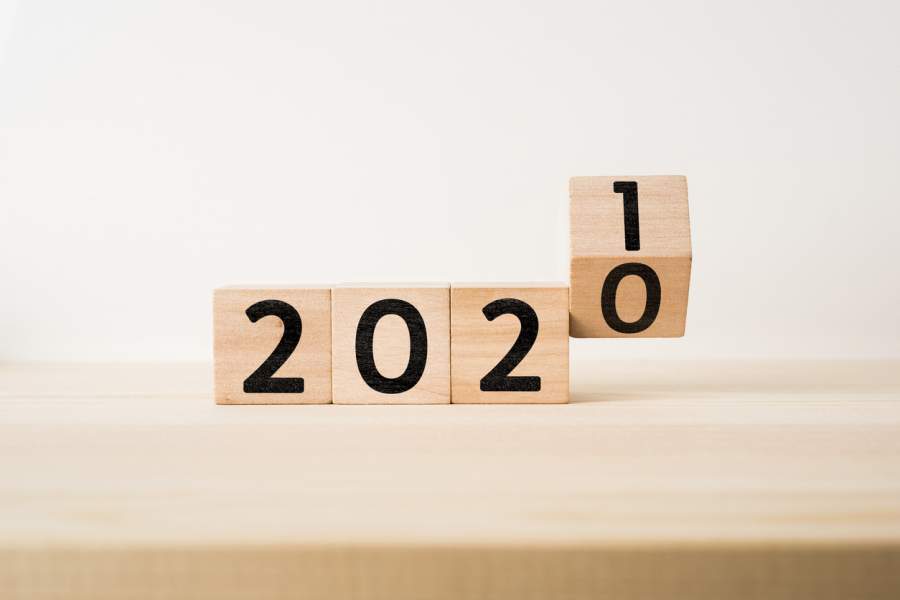
January started well enough, despite occasional despatches from China about a new virus in Wuhan, which it was believed could be contained. That didn’t last long – the disease quickly spread and took hold in many countries in significant numbers, killing around 2% of those who contracted it, especially in cases where there were underlying co-morbidities. It became clear that absent preventative action the disease would emerge as a killer.
The tragedy unfolded as the year progressed. Coronavirus took a heavy toll on sharemarkets as whole countries went into lockdown. In the early stages (January to March) the severity of and treatment for the virus were not clear, but many industries were forced to their knees – for example airlines, hotels and restaurants – all big employers. This really jolted investors, many of whom had not yet come to grips with the scale of the problem and its impact on people everywhere.
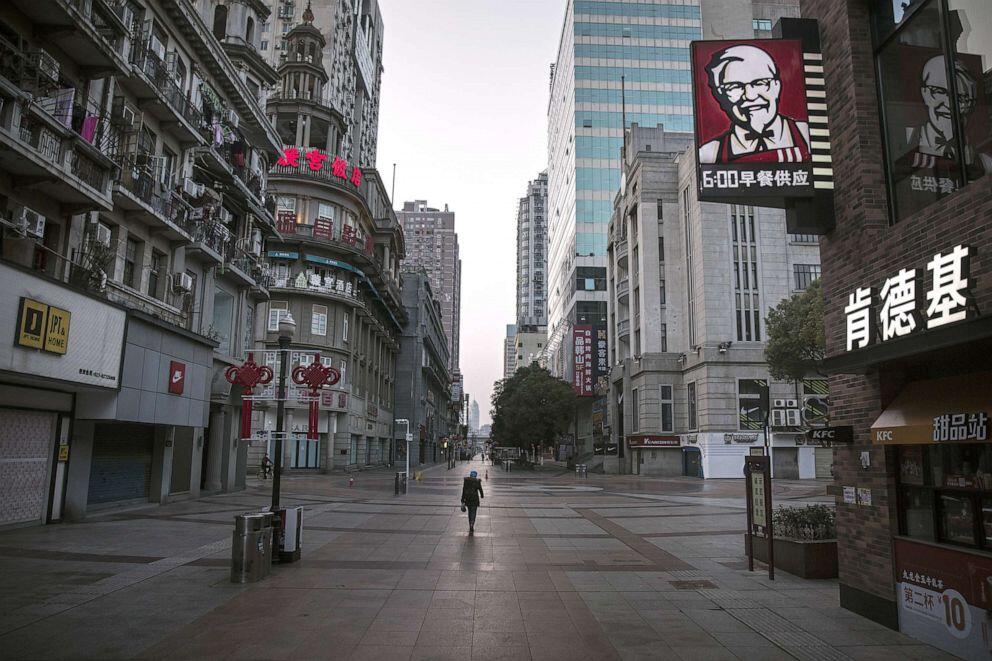
From an investment perspective, in the first instance there was a real possibility that, with many businesses damaged, spending would slow and hurt companies such as Amazon and Google. We raised cash holdings to a little over 10%, but retained exposure to companies which we perceived to be part of the solution – ie enabling distance working and learning, entertainment, retail and health.
This was the correct strategy. COVID-19 emerged as a “forcing function” allowing business to operate with employees working from home, and for people to continue their lives using on-line tools, which drove the share prices of Microsoft, Amazon, Facebook and Alibaba (among many others in the Fund) sharply higher. Satya Nadella, CEO of Microsoft, reported “two years worth of digital transformation in two months.”
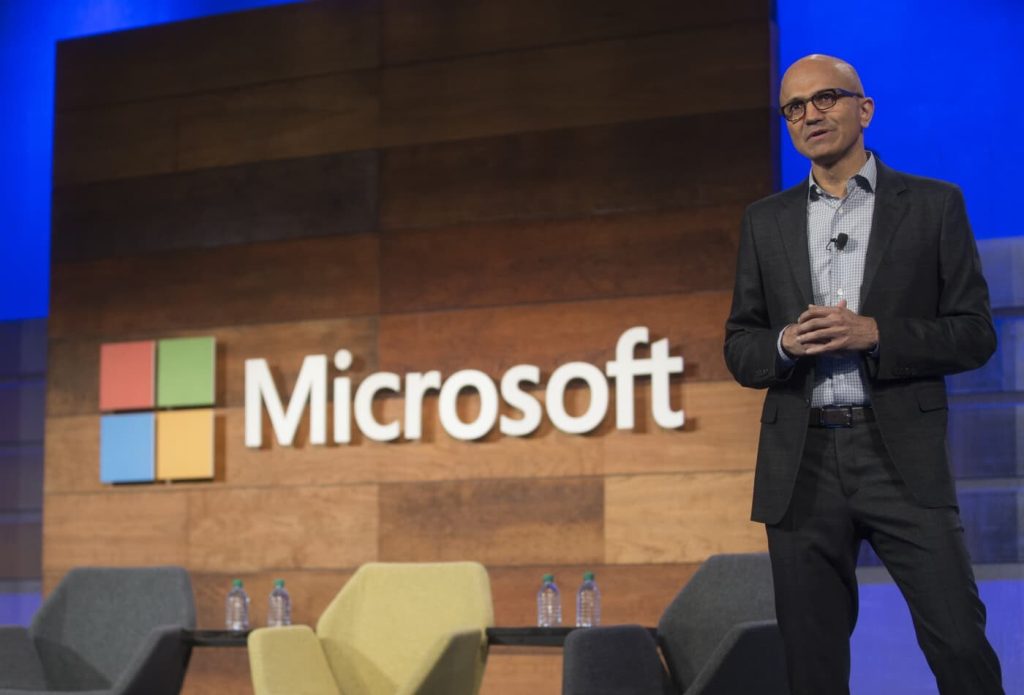
April and May saw the US market rally strongly as investors watched the reduction in the rate of growth of COVID-related deaths in the US along with a relaxation of lockdown laws – this was a false dawn. The hardest hit companies, such as American Airlines, became the best performers – it virtually doubled in June on news that its bookings had spiked up domestically.
The broader market tracked sideways for the next four months, fixated on the coming US presidential election, an alarming growth uptick in the infections and the possibility of a vaccine, the first of which was announced on 6 November. On that one day, Carnival Cruises saw its market capitalisation jump 38% to US21b. Since this time, sharemarkets stabilised at high levels.
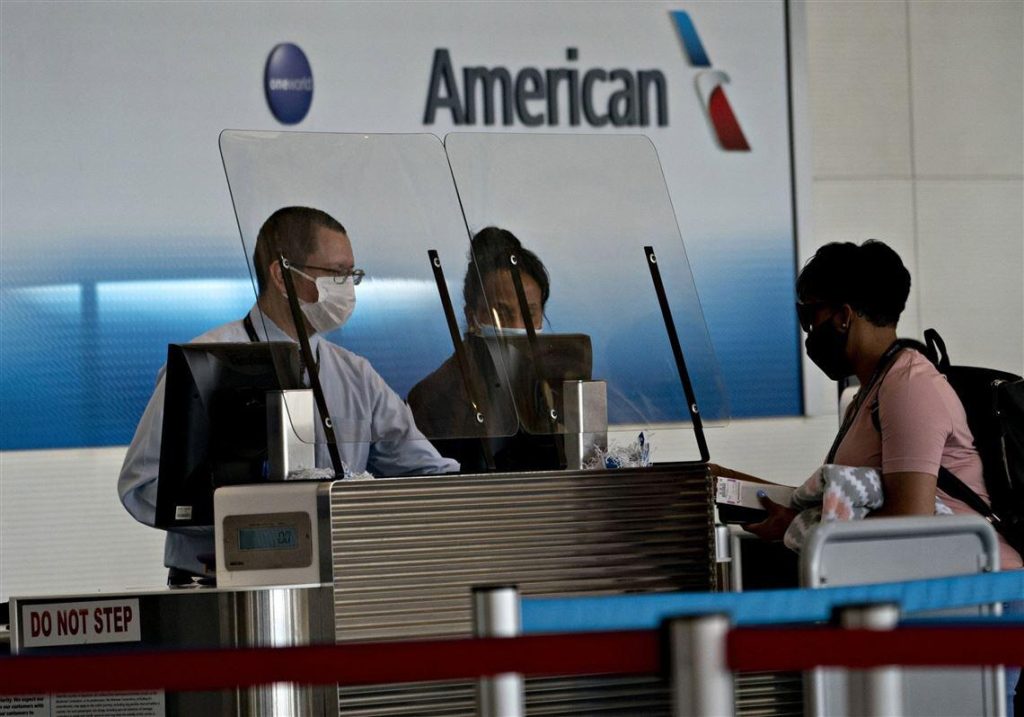
Looking forward, trends which would have normally played out over many years were telescoped into a few short months. This is not to suggest that businesses and consumers won’t return to their old ways after the outbreak has been contained – some will. However, in being exposed to products which deliver better solutions through the utilisation of new tools, many will decide the new solutions superior.
At this point, we are more broadly optimistic about the state of the world economy than at any other time this year – a combination of the vaccine and a new US president who appears determined to apply the stimulus required to get the US into business again, as noted by Thomas Friedman in the New York Times. This is significant, and not dissimilar to America’s funding of the Marshall Plan in 1948 (estimated by the Jonathan Hillman, author of The Emperor’s New Road to be around US$130b in today’s dollars).
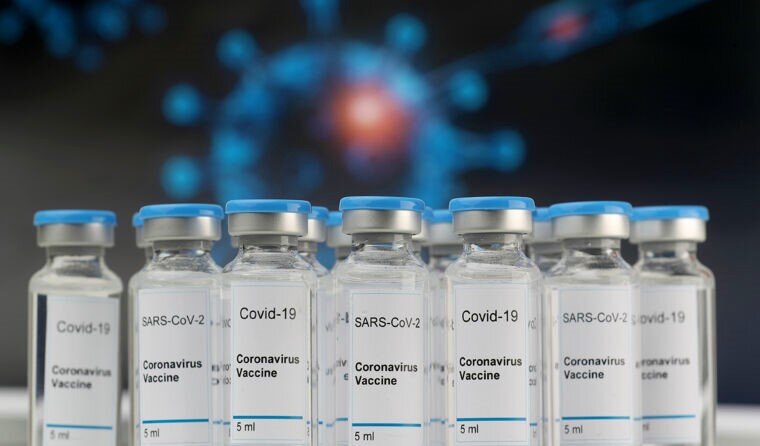
Meanwhile, this year marks the seven year anniversary of Loftus Peak and four years since the team took over management of the Global Disruption Fund.
What comes next?
We have always constructed portfolios with a view to the future, and that future is approaching faster than ever. We remain confident that the Fund’s holdings will continue to benefit from the disruption occurring throughout all industries, whether it be financials, commerce, entertainment or even agriculture.
For now, we wish our readers, followers and investors a happy and healthy holiday season, and the best for 2021 from the whole team at Loftus Peak.
Share this Post

